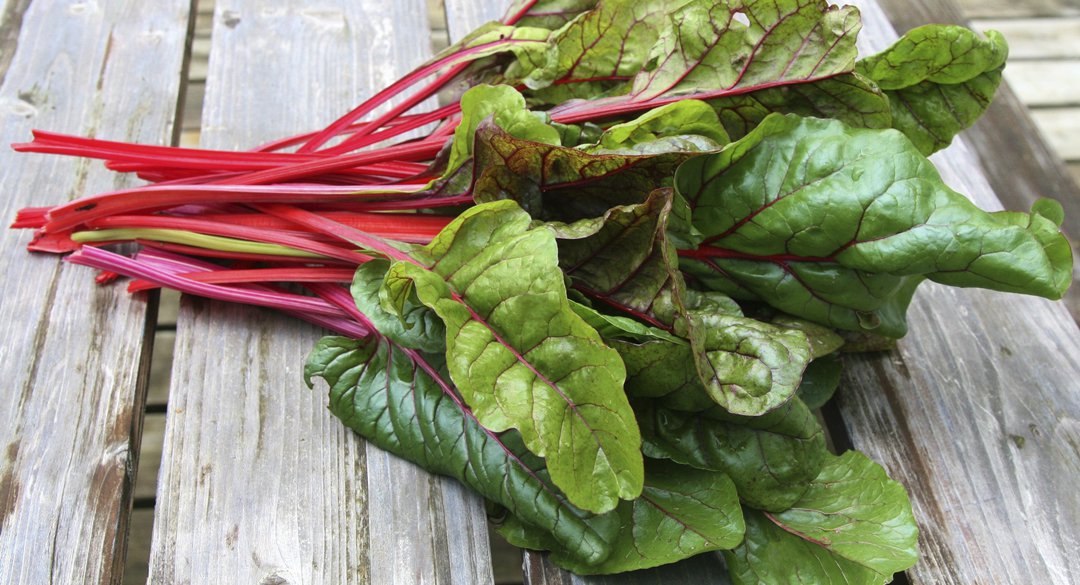Forget Portion Control! 7 Tips for Satisfying, Guilt-Free Eating

Does just hearing the words “portion control” make your stomach grumble? Here’s a secret: You don’t need to meticulously measure portions to rein in your eating. Instead, focus simply on making high quality, whole food-based choices in the right balance, and getting sufficient hydration and you can always leave the table feeling satiated. Whatever your health goal — weight loss, lowering cholesterol, improving energy levels — you can accomplish it without feeling deprived or hungry. Here’s how.
1. Fill at least half of your plate with leafy and crunchy vegetables.
You can’t go wrong by loading your plate with these vitamin powerhouses. Colorful, leafy (think lettuces and collard greens), and crunchy (like cucumber, celery, and broccoli) vegetables provide essential micronutrients for optimal cell function and antioxidants to help keep your heart healthy.
2. Don’t stress about proteins and healthy fats.
When people think about limiting their portions, proteins and fats often come to mind. Contrary to popular thinking, these food groups don’t typically require as much attention as carbohydrates because they tend to have self-limiting properties. It’s difficult to binge on plain avocado, chicken, or olive oil, for example. Fill no more than one-quarter of your healthy plate with lean proteins (preferably organic, pasture raised) and quality fats like coconut oil, avocado, and nuts, and you’ll feel satisfied. But be sure you’re eating healthy fats. French fries and greasy prepared foods have no place in your regular eating plan.
3. Savor your starches.
Legumes and whole grains can be key for satiety — just know this is where most people get into trouble with overeating. Our guide is to fill no more than one-quarter of your plate with a nutritionally rich source of starch like sweet potato or butternut squash. The key to staying on track with this guideline is savoring every morsel. Eat mindfully. Put your fork down between bites, feel the food in your mouth, and note the texture and flavor as you chew. Enjoy your food and you’ll be less likely to go overboard.
Don’t miss 12 Nutrition Hacks for Everyday Healthy Eating.
Healthy Tip:
I’m a big believer in making healthy and delicious oil and herb-based sauces and dressings at home using a hand blender. Here’s on of my favorites: one bunch of basil, 2 tsp champagne vinegar, and 6 tsp olive oil with a little salt and pepper to taste. It’s delicious with fish, chicken, or as a dressing for tomato salad.
4. Order assertively in restaurants.
Restaurants can be a minefield of dining disasters if you accept your meal as it is prepared based on the menu. Build your own healthy plate when dining out by perusing the available side dishes and making substitutions. Order a salad in addition to (or in lieu of) less-healthy components. Most restaurants are very accommodating of special requests, so make your meal special. Take control of your meal by combining the best menu ingredients you can find.
5. Get it on the side — or order “without.”
Sauces can be a way to add a healthy pop of flavor…or hidden nutritional saboteurs, depending on how you approach them. The problem with sauces in restaurants is that you don’t know what else they’ve included. My advice is to err on the side of caution and order it on the side. Or take it up a notch and skip it altogether. Do you really need cheese sauce on that chicken breast? Probably not. If you’re dealing with food sensitivities, I advise asking for oil and vinegar with your salad or entree so you can make your own dressing.
6. Eat frequently.
When you eat in the abundant fashion I’m suggesting, eating at regular intervals during the day should become less of a headache because you’re not stressing about portion control. Be mindful not to let more than four to five hours lapse without eating something. And whether you’re consuming a snack or a meal, follow our healthy plate recommendations and remember to load up on leafy and crunchy vegetables.
7. Drink that water!
Forget the arbitrary recommendation to drink eight glasses of water a day. Instead, calculate half your ideal body weight in pounds, then drink that number of ounces of water each day. So, a 150-pound person would aim for 75 ounces of water per day. Hydrating yourself this way helps distribute micronutrients to the cells and keeps you feeling full all day long.
The One Medical blog is published by One Medical, a national, modern primary care practice pairing 24/7 virtual care services with inviting and convenient in-person care at over 100 locations across the U.S. One Medical is on a mission to transform health care for all through a human-centered, technology-powered approach to caring for people at every stage of life.
Any general advice posted on our blog, website, or app is for informational purposes only and is not intended to replace or substitute for any medical or other advice. 1Life Healthcare, Inc. and the One Medical entities make no representations or warranties and expressly disclaim any and all liability concerning any treatment, action by, or effect on any person following the general information offered or provided within or through the blog, website, or app. If you have specific concerns or a situation arises in which you require medical advice, you should consult with an appropriately trained and qualified medical services provider.
